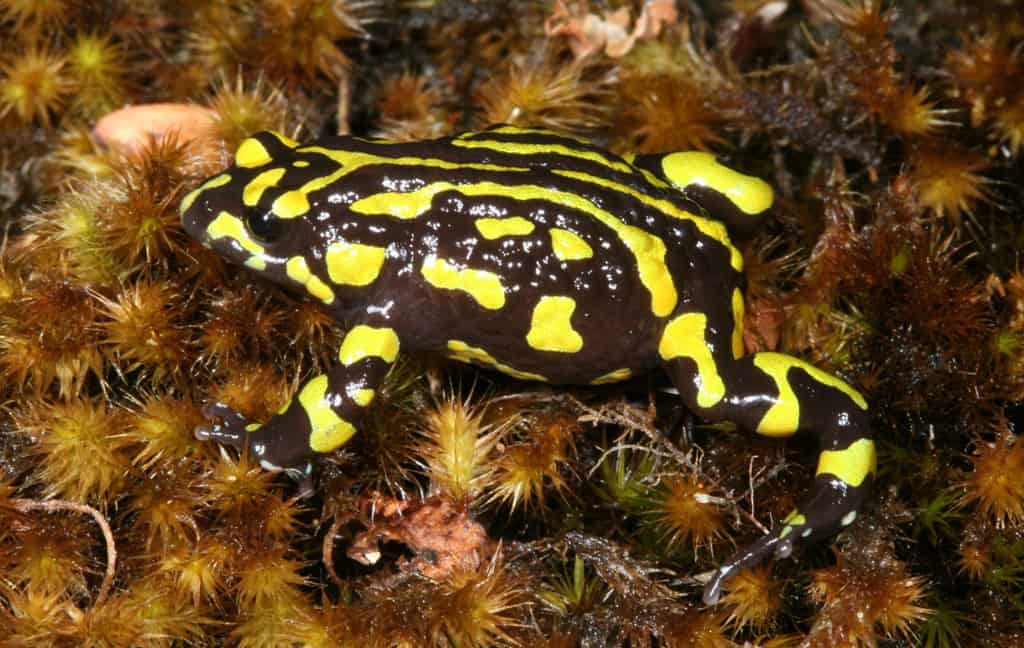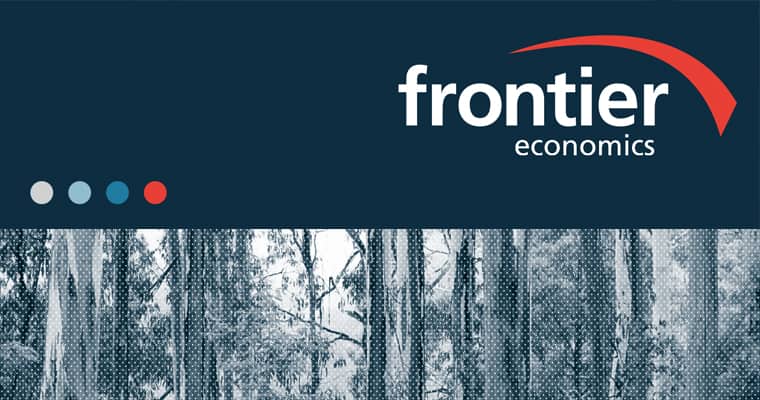The Tasmanian Government’s Wild Fallow Deer Management Plan, released Sunday, continues the protection of feral deer within hunting zones and designates deer hunting areas within the Tasmanian Wilderness World Heritage Area.
The long-awaited plan marks a continuation of feral deer protection in the state despite their escalating economic and ecological impacts and strong views from many Tasmanians that this protection is unnecessary and should stop.
It follows the recent failure by the Tasmanian Government to remove feral deer protections in its Wildlife Regulations Review in December of last year.
‘This plan has been a missed opportunity to dramatically improve feral deer management in Tasmania,’ Invasive Species Council Deer Project Officer Peter Jacobs said.
‘While we welcome some of the changes from the draft Wild Fallow Deer Management plan as a result of significant public backlash, particularly in regard to the Tasmanian Wilderness World Heritage Area, we are concerned that farmers will still be required to protect feral deer for hunting in much of the state.
‘In sustainable hunting zones, farmers and other land managers will continue to be hindered by regulations, as they are required to manage feral deer on their own properties to preserve hunting opportunities.
‘We support the state-wide zoning approach, including that the Tasmanian Wilderness World Heritage Area and Ben Lomond National Park are now wholly in the no deer zone.
‘We are concerned that despite a commitment to eradicate deer within the Tasmanian Wilderness World Heritage Area, a large portion of the property will continue to provide for deer hunting. It is also problematic that management buffers around the World Heritage area are either very small or non-existent.
‘The no deer zone objectives are also very loose. Despite commitments to eradicate deer in national parks, some areas such as Douglas Apsley National Park appear to fall in mixed management zones. This will simply create ongoing confusion. All areas for eradication should be clearly mapped out with populations removed by professional shooters.
‘We are disturbed the plan has no commitment to any population or impact targets and no time-frames for implementation. No deer must mean no deer and the Tasmanian community will be holding the government to account on that.
‘There is an urgent need to significantly reduce the impact of the out-of-control populations of feral deer in Tasmania. This plan needs to be stronger and include a significant commitment to ongoing funding for professional pest control and community led programs, not simply appeasements to the hunting lobby’.








